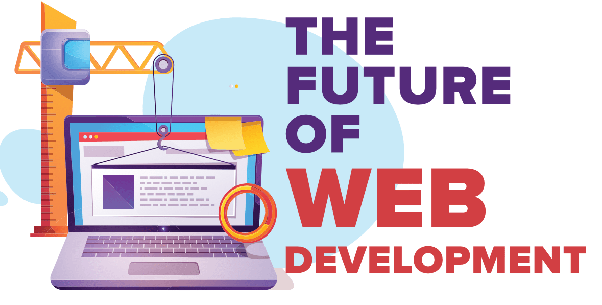
Introduction
The world of web development has come a long way since the early days of the internet. What began as simple static HTML pages has evolved into complex, interactive web applications powered by a variety of modern frameworks and technologies. In this blog post, we will take a fascinating journey through the evolution of web development, highlighting the key milestones and transformations that have shaped the field.
1. The Birth of HTML: The Foundation of the Web
In the early 1990s, the World Wide Web was born, and with it, Hypertext Markup Language (HTML). HTML provided a simple way to structure and display text-based content on the web. Websites consisted of static pages with hyperlinks, and the design was minimalistic.
2. Introduction of CSS: Separation of Style and Content
As web content grew richer, the need for better design and layout capabilities became apparent. Cascading Style Sheets (CSS) were introduced in the late 1990s, allowing developers to separate the presentation (styling) from the content (HTML). This innovation led to more visually appealing and flexible web designs.
3. JavaScript: Adding Interactivity
In the early 2000s, JavaScript emerged as a game-changer in web development. It enabled developers to add interactivity and dynamic behavior to websites. JavaScript made client-side scripting possible, opening the door to features like form validation and image sliders.
4. Rise of Web 2.0: Dynamic and Interactive Websites
Web 2.0, a term coined around 2004, marked a significant shift in web development. Websites became more interactive, with features like social media integration, user-generated content, and asynchronous data loading. AJAX (Asynchronous JavaScript and XML) played a vital role in this transformation.
5. The Era of Frameworks: Streamlining Development
With the growing complexity of web applications, developers sought ways to streamline development. This led to the rise of web development frameworks like Ruby on Rails, Django, and later, front-end frameworks like Angular, React, and Vue.js. These frameworks offered pre-built components, routing, and state management, making web development more efficient.
6. Responsive Web Design: A Mobile Revolution
The proliferation of smartphones led to the need for responsive web design. Ethan Marcotte introduced the concept in 2010, emphasizing the importance of creating websites that adapt seamlessly to various screen sizes. This shift in mindset revolutionized web design practices.
7. The Advent of Single-Page Applications (SPAs)
Single-Page Applications (SPAs) gained popularity in the mid-2010s. SPAs load a single HTML page and dynamically update content as users interact with the app, providing a smoother and more app-like experience.
Conclusion
The journey of web development, from the early days of HTML to the era of modern frameworks and technologies, is a testament to the industry's adaptability and innovation. As we look ahead, the evolution of web development shows no signs of slowing down. With emerging technologies like WebAssembly, augmented reality (AR), and virtual reality (VR), the future promises even more exciting developments. Web developers, old and new, have a thrilling path ahead as they continue to shape the digital world, and the journey from basic HTML to modern frameworks serves as a reminder of the dynamic and ever-changing nature of this field.



